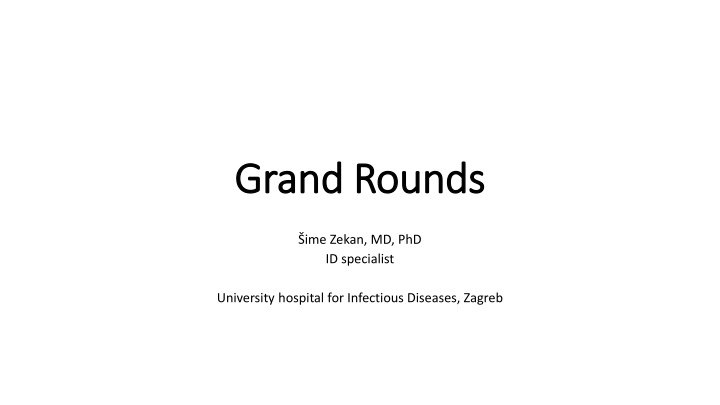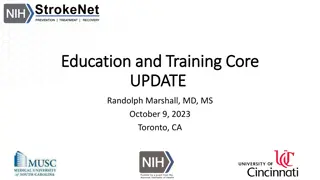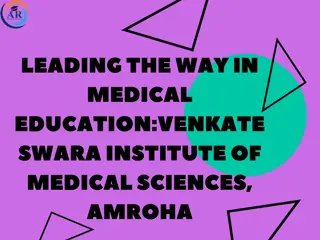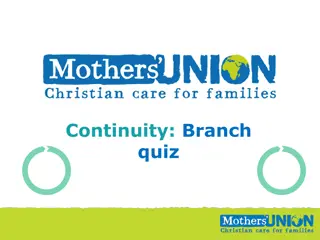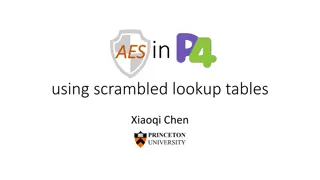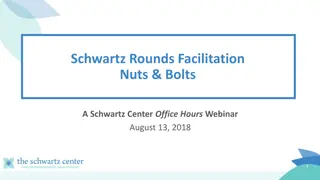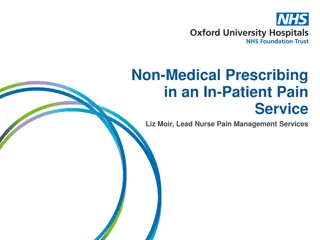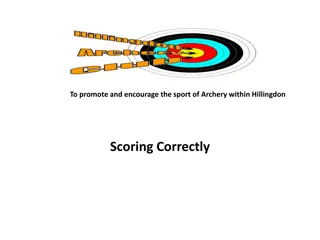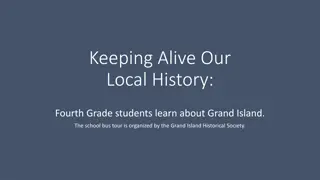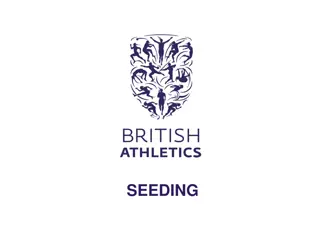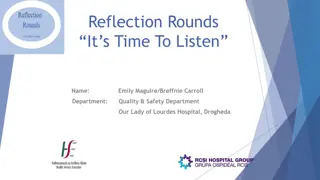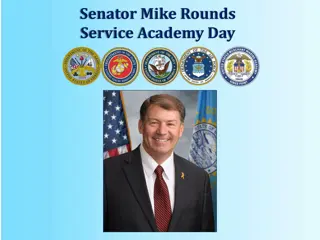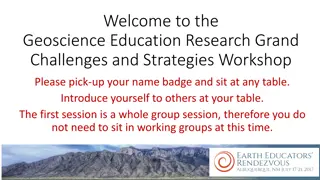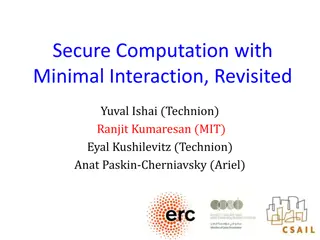Revitalizing Grand Rounds in Medical Education: Strategies and Evolution
Grand rounds in medical education have evolved over the years, transitioning from traditional patient-centered sessions to modern forums for clinical advancements and research seminars. This article explores the history of grand rounds, challenges faced in contemporary settings, and expert recommendations for making grand rounds more engaging and educational. Key aspects include the importance of effective planning, active participation, adult learning principles, and leadership roles in improving the quality of grand rounds.
Download Presentation

Please find below an Image/Link to download the presentation.
The content on the website is provided AS IS for your information and personal use only. It may not be sold, licensed, or shared on other websites without obtaining consent from the author.If you encounter any issues during the download, it is possible that the publisher has removed the file from their server.
You are allowed to download the files provided on this website for personal or commercial use, subject to the condition that they are used lawfully. All files are the property of their respective owners.
The content on the website is provided AS IS for your information and personal use only. It may not be sold, licensed, or shared on other websites without obtaining consent from the author.
E N D
Presentation Transcript
Grand Grand Rounds Rounds ime Zekan, MD, PhD ID specialist University hospital for Infectious Diseases, Zagreb
Grand Grand rounds rounds history history Traditional grand rounds were a well-organized, decorous, stately, and punctual exercise conducted by residents. Senior physicians questioned the patient and observed any physical findings demonstrated by the resident. After the patient exited, his or her problems were discussed in what was described as a free discussion between thinking men of widely different interests and experience that instilled character and inspired future physicians
Grand Grand rounds rounds history history mid to late 20th century - patient no longer present no evidence in the literature for the educational efficacy of grand rounds short appearance of a patient in distance - not sufficient Cases described were often rare and uncharacteristic of what affected most patients Having patients disrobe in the presence of an audience was thought to be unacceptable patients might be troubled by recounting their history and being examined in an auditorium
Grand Grand rounds rounds history history In the late 20th century and the first decade of the 21st, grand rounds had become a forum for translational seminars about clinical advances and research the most expensive type of conference in most academic departments external speakers and complimentary food account for much of the cost time which could be spent on compensated clinical activities
How to make How to make the the ground groundrounds rounds grand grand again again Poor planning and preparation - big barrier experts recommend planning grand rounds content at least 1 year in advance Research on adult learning has shown that adult learners must feel the need to learn, participate actively in the learning process, and have a sense of progress toward their goals Most departments provide continuing medical education (CME) credit for attending grand rounds incentive of some kind Departmental leaders should take an active leadership role and minimize delegation to presenters who may be unable to make important educational decisions
How to make How to make the the ground groundrounds rounds grand grand again again department leaders should adopt policies that discourage scheduling of departmental meetings and other activities at the same time as grand rounds modern techniques - teleconferencing, DVDs, handouts, and web- based resources may expand the audience base beyond those able to attend in person multiple brief talks, scheduling grand rounds less frequently, and finding suitable times are other strategies for enhancing attendance and interest in grand rounds
Performance Performance An uninspired presenter often has a negative impact on an educational session Presenters should be selected based on their ability to hold the audience s attention rather than their level of expertise Emphasis should be placed on tools and teaching styles that stimulate learners and make grand rounds more crisp, lively, and interactive. an early stopping rule should be upheld and at least 15 minutes should be reserved for discussion at the end of the session. Effective
Benefits Benefits physicians were more likely to correctly answer questions, retain information, and change their practice behavior after interactive sessions as opposed to lectures grand rounds should disseminate knowledge, change physician behavior, and improve patient outcomes Emphasis should be placed on tools and teaching styles that stimulate learners and make grand rounds more crisp, lively, and interactive. Grand rounds should summarize advances across a specialty and its subspecialties, help facilitate interaction among faculty members
